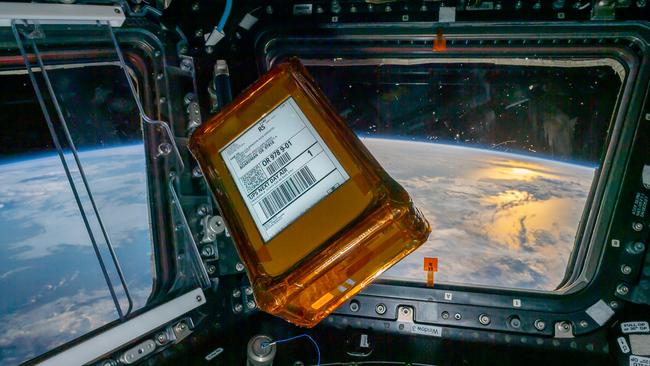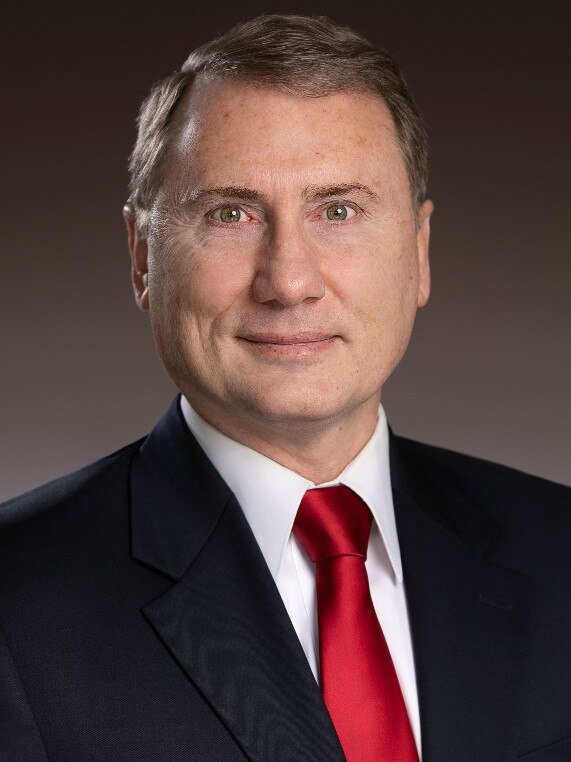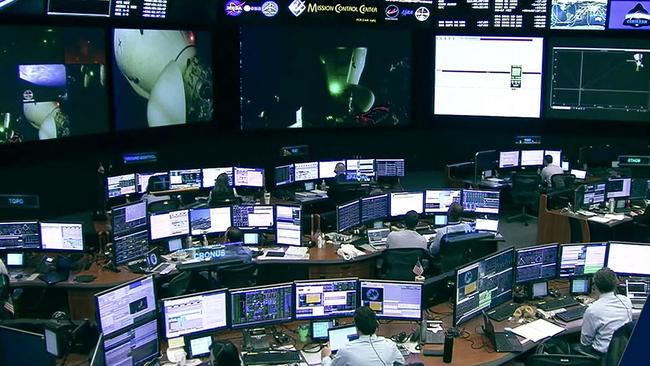Amazon assistant Alexa on an uncrewed mission to space
By the end of this year, the digital assistant who’s told you the time, the weather and played your favourite songs will have been to space and back.

By the end of this year, the digital assistant who’s told you the time, the weather and played your favourite songs will have been to space and back.
Alexa, Amazon’s virtual assistant, is on an uncrewed mission to space, one in which it will actually be the punchline of a tech prank.
Alexa thinks she is flying to space with astronauts, when in fact she’ll board the spaceship alone, setting off on a mission thousands of kilometres away as a party of one.
And her counterparts, who she believes have joined her, will ask the 6000 questions she has been trained to answer, all from the comfort of planet earth via a video link.
This mission, one of at least two Amazon and AWS will carry out this year, is a partnership with Lockheed Martin and Cisco.
A test mission which took place in April saw a cloud computing device sent to the international space station aboard an Axiom rocket.

The device, an AWS Snowcone, was able to scan, catalogue and identify objects from imagery captured from Axiom Space Ax-1 mission in orbit by using a machine learning algorithm.
“This kind of device is called an edge computing device and it pushes the cloud to the edge and gives you an opportunity to move data to the cloud in disconnected remote and rugged environments,” said Clint Crosier, AWS’s director of aerospace and satellite solutions.
Mr Crosier said an experiment which would have taken Axiom 18 hours to carry out was instead completed within 20 minutes with the AWS Snowcone.
“It’s about a 70 times increase in the amount of science time available on the space station by being able to process the data on orbit,” he said.

In Australia, AWS is already working with local businesses to provide cloud capability, with the majority of customers coming from the insurance, agricultural, manufacturing and maritime safety sectors.
On Alexa’s lone mission, Mr Crosier said a virtual assistant would help save astronauts time and money.
“Think about if you’ve got astronauts on orbit, while they’re running experiments (they can say) ‘Alexa, begin recording the data to this experiment’ or ‘Alexa, turn on battery number one and turn off battery number two’ or ‘Alexa, calculate for me how much time is left in the oxygen tank before we need to come back in from the space station’ – that’s powerful stuff that’s going to increase the astronaut productivity on orbit” he said.
More partnerships have formed with the Australian outfit of Silicon Valley-based LeoLabs, a lower earth orbit radar tracking service.
LeoLabs’ radars with AWS artificial intelligence and machine learning can determine the probability of a collision in lower earth orbit, and provide real-time advice to satellite operators within eight to 10 seconds.
“That’s a critical capability that LeoLabs is bringing in Australia’s vertical space industry,” Mr Crosier said. “There will be somewhere between three times and five times the number of satellites in orbit by the next decade as there are today.”
Adam Gilmour, the founder of Gilmour Space Technologies, said he saw earth observation technologies for mining and farming as well as broadband constellations as Australia’s next large space investments.
Mr Gilmour said despite some recent investment, the Australian space industry didn’t hold a candle to the US or Europe.
“We’re undoubtedly playing catch up,” he said. “One of the pivotal things that you need as a respectable space country is the ability to launch payloads into space. We don’t have that yet. Hopefully we’ll have it by the end of the year or early next year.”




To join the conversation, please log in. Don't have an account? Register
Join the conversation, you are commenting as Logout